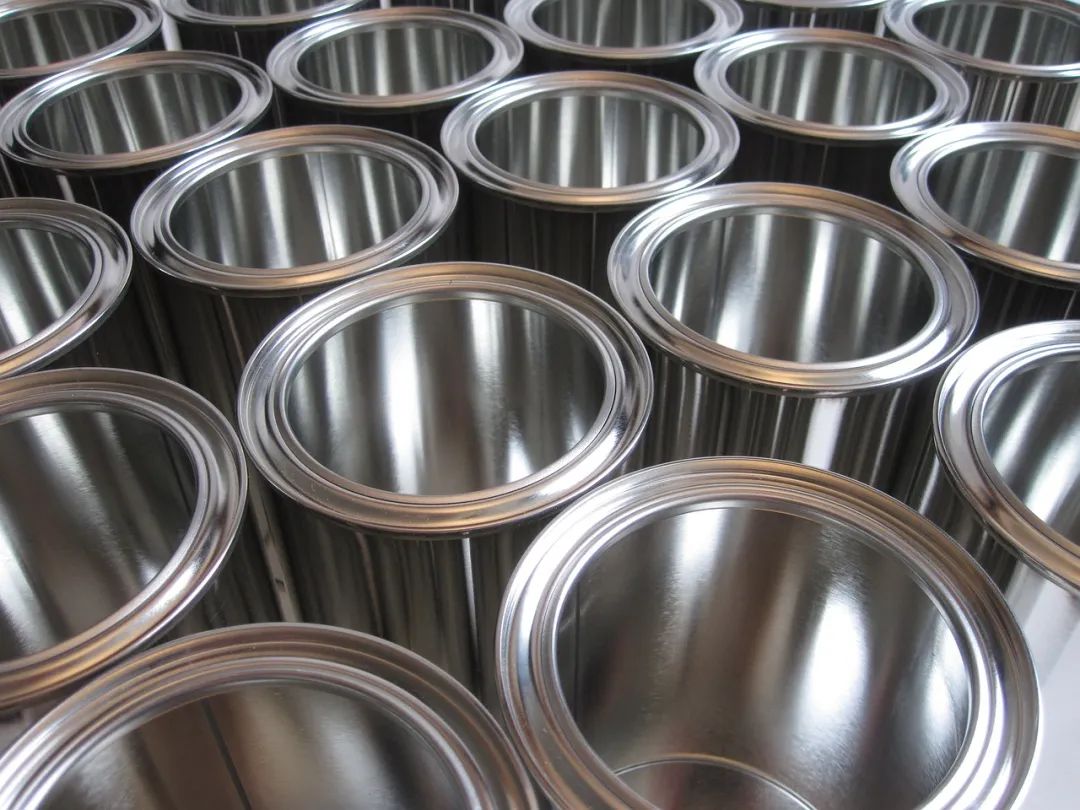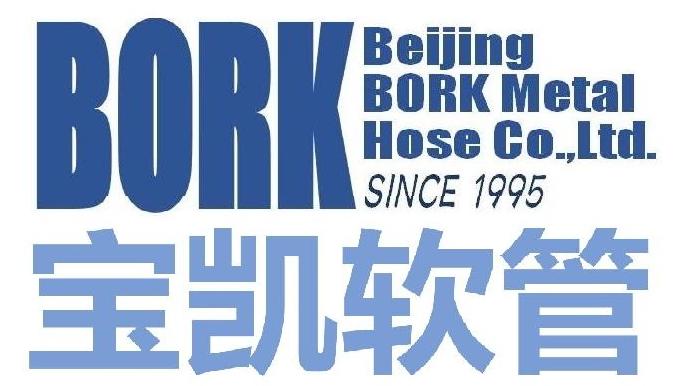Common Material of Bellows: Austenitic Stainless Steel


The main raw material for metal corrugated pipes is austenitic stainless steel, which contains at least 16% chromium and 6% nickel.

Commonly used austenitic stainless steels include 303304316317, etc.
304 stainless steel: it can withstand common corrosion in buildings, can resist food processing environment (except high acid and chloride temperature conditions), and can also resist organic chemicals, dyes and a variety of Inorganic chemistry.
304L stainless steel (L=Low, low-carbon): It can resist nitric acid and sulfuric acid well at moderate temperatures and concentrations, and is widely used for storing liquefied gas, household appliances, and other consumer goods, such as kitchen equipment and hospital equipment.
316 stainless steel: This type of stainless steel contains more nickel (Ni) and 2-3% molybdenum (Mo) than 304 stainless steel, so it has better corrosion resistance than 304 stainless steel, especially in chloride environments that are prone to pitting corrosion.
317 stainless steel: It contains 3-4% molybdenum (Mo) and more chromium than 316, which can better resist pitting and Crevice corrosion.

Baokai metal hoses mainly use two raw materials, 304 and 316L (L=low-carbon). What are their differences and specific advantages and disadvantages?

Of course, due to cost considerations, customers can also use other materials according to their own design needs, such as joints, nuts, flanges, etc. for pipe body connections, using materials such as brass and carbon steel. So what are the advantages and disadvantages of other materials?
Firstly, we need to understand that carbon steel and stainless steel, both of which have the basic components of iron and titanium. The main difference is that the alloy content of carbon steel is lower than 10.5%, while the chromium content of stainless steel is greater than 10.5%. Carbon steel is more prone to rusting, but it is very wear-resistant and will be more sturdy when used to fix structural objects. However, the wear resistance of stainless steel is relatively poor because of this attribute, combined with economic factors, the two are often used together.



